Since their discovery at the dawn of the Space Age, Earth’s radiation belts continue to reveal new complex structures and behaviors. This visualization shows how the radiation belts change in response to the injection of electrons from a storm in late June 2015. Red colors indicate higher numbers of electrons.
New observations from NASA’s Van Allen Probes show that there typically isn’t as much radiation in the inner belt as previously believed.
Earth’s radiation belts, two doughnut-shaped regions of charged particles encircling our planet, were discovered more than 50 years ago, but their behavior is still not completely understood. Now, new observations from NASA’s Van Allen Probes mission show that the fastest, most energetic electrons in the inner radiation belt are not present as much of the time as previously thought. The results are presented in a paper published in the Journal of Geophysical Research and show that there typically isn’t as much radiation in the inner belt as previously assumed — good news for spacecraft flying in the region.
Past space missions have not been able to distinguish electrons from high-energy protons in the inner radiation belt. But by using a special instrument, the Magnetic Electron and Ion Spectrometer — MagEIS — on the Van Allen Probes, the scientists could look at the particles separately for the first time. What they found was surprising —there are usually none of these super-fast electrons, known as relativistic electrons, in the inner belt, contrary to what scientists expected.
“We’ve known for a long time that there are these really energetic protons in there, which can contaminate the measurements, but we’ve never had a good way to remove them from the measurements until now,” said Seth Claudepierre, lead author and Van Allen Probes scientist at the Aerospace Corporation in El Segundo, California.
Of the two radiation belts, scientists have long understood the outer belt to be the rowdy one. During intense geomagnetic storms, when charged particles from the sun hurtle across the solar system, the outer radiation belt pulsates dramatically, growing and shrinking in response to the pressure of the solar particles and magnetic field. Meanwhile, the inner belt maintains a steady position above Earth’s surface. The new results, however, show the composition of the inner belt isn’t as constant as scientists had assumed.
Ordinarily, the inner belt is composed of high-energy protons and low-energy electrons. However, after a very strong geomagnetic storm in June 2015, relativistic electrons were pushed deep into the inner belt.
The findings were visible because of the way MagEIS was designed. The instrument creates its own internal magnetic field, which allows it to sort particles based on their charge and energy. By separating the electrons from the protons, the scientists could understand which particles were contributing to the population of particles in the inner belt.
“When we carefully process the data and remove the contamination, we can see things that we’ve never been able to see before,” said Claudepierre. “These results are totally changing the way we think about the radiation belt at these energies.”

During a strong geomagnetic storm, electrons at relativistic energies, which are usually only found in the outer radiation belt, are pushed in close to Earth and populate the inner belt. While the electrons in the slot region quickly decay, the inner belt electrons can remain for many months. Credit: NASA’s Goddard Space Flight Center/Mary Pat Hrybyk-Keith
Given the rarity of the storms, which can inject relativistic electrons into the inner belt, the scientists now understand there to typically be lower levels of radiation there — a result that has implications for spacecraft flying in the region. Knowing exactly how much radiation is present may enable scientists and engineers to design lighter and cheaper satellites tailored to withstand the less intense radiation levels they’ll encounter.
In addition to providing a new outlook on spacecraft design, the findings open a new realm for scientists to study next.
“This opens up the possibility of doing science that previously was not possible,” said Shri Kanekal, Van Allen Probes deputy mission scientist at NASA’s Goddard Space Flight Center in Greenbelt, Maryland, not involved with the study. “For example, we can now investigate under what circumstances these electrons penetrate the inner region and see if more intense geomagnetic storms give electrons that are more intense or more energetic.”
The Van Allen Probes is the second mission in NASA’s Living with a Star Program and one of many NASA heliophysics missions studying our near-Earth environment. The spacecraft plunge through the radiation belts five to six times a day on a highly elliptical orbit, in order to understand the physical processes that add and remove electrons from the region.
Reference: “The hidden dynamics of relativistic electrons (0.7–1.5 MeV) in the inner zone and slot region” by S. G. Claudepierre, T. P. O’Brien, J. F. Fennell, J. B. Blake, J. H. Clemmons, M. D. Looper, J. E. Mazur, J. L. Roeder, D. L. Turner, G. D. Reeves and H. E. Spence, 15 March 2017, Journal of Geophysical Research.
DOI: 10.1002/2016JA023719

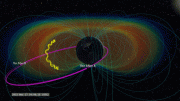
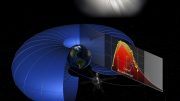
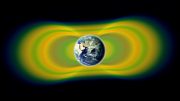
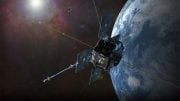
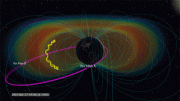
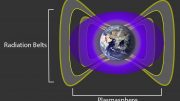
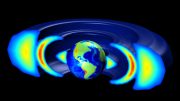
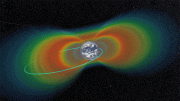
Be the first to comment on "NASA’s Van Allen Probes Uncover Relativistic Electrons"